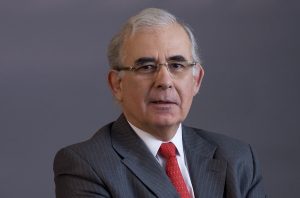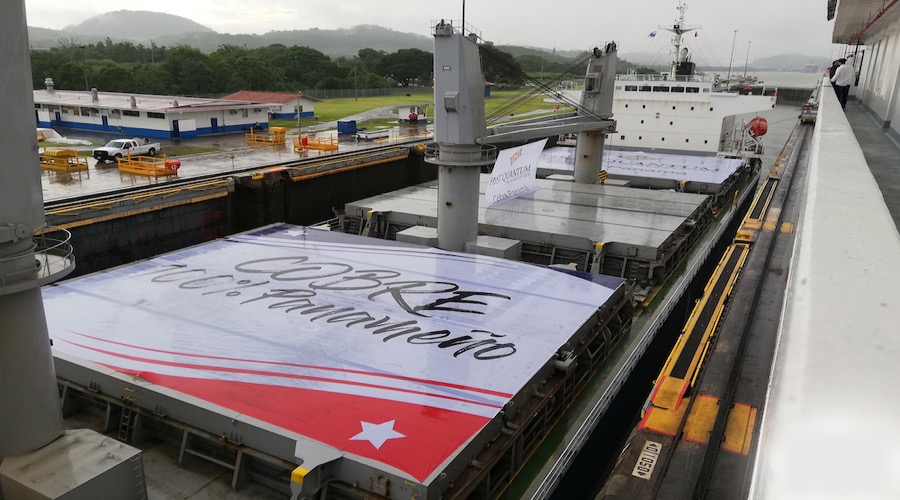Australia takes over Chile as world’s No.1 lithium producer

Australia has taken over Chile as the world’s largest lithium producing nation boosted mainly by record output at two major mines, data from United States Geological Survey (USGS) shows.
Down Under produced 18,700 tonnes of lithium in 2017, according to the USGS, thanks mainly to Western Australia-based mines — Galaxy Resources’ Mt Cattlin and Mt Marion, owned by Neometals and China’s Jiangxi Ganfeng Lithium.
Chile’s market share dropped to 32.8% last year from 37.6% in 2016.
Chile, which holds the largest known lithium reserves in the world (about 52%), only produced 14,100 tonnes of the white metal last year, which meant its market share dropped to 32.8% from 37.6% in 2016. Australia, instead, went from having 36.8% of the global market to 43.5% in the same period.
Both Chilean authorities and analysts believe the situation is only momentary, as the South American country’s development agency Corfo recently struck a deal with local producer SQM, which allows it to expand its production capacity of lithium from 48,000 tonnes to 70,000 tonnes this year, and then to 100,000 tonnes by 2019.
“One of the main factors that have impacted Chile’s leadership is that we have engaged in ideological discussions about who can mine lithium and how much, which has hinder the market’s development,” Mining Deputy Minister, Pablo Terrazas, told La Tercera newspaper.
Slow reaction

Diego Hernández, President of Sonami and a former Codelco CEO. (Image courtesy of Codelco via Flickr.)
Sergio Hernández, executive vice president of Chile’s state copper commission Cochilco, believes the problem is that the country has reacted fairly slowly to the increase in demand for the metal, key ingredient for making the batteries that power electric vehicles (EVs).
According to his estimates, Chile will likely recover its leading position in the lithium market by 2021, when total output is expected to reach at least 147,000 tonns of lithium carbonate equivalent (LCE).
The country also has ambitious plans to capitalize on its geological good fortune by building out a downstream processing and battery industry. All of Chile’s reserves are found in brines in underneath its vas salt flats located in the north.
Brines only require enough space for evaporation to occur, which is taken care of by the sun and the expansive solid surface that is a salt flat. Australia’s reserves are found in hard-rock sources, which make them more expensive to process than brines.
Western companies have yet to show the same levels of interest in lithium supplies as their Chinese counterparts.
If the price of lithium were ever to go down, hard-rock mines would be the first to close doors, according to a recent market study.
“By 2035, Chile could have an industry of about $10 billion, made up of a combination of carbonate and lithium hydroxide output as well as value-added products, such as cathodes,” Hernández said.
As demand for electric vehicles is set to skyrocket in the next five to ten years, China has been working on secure steady lithium supplies, with local companies inking several deals with mine developers in Australia, Chile, Canada and Africa in the past year.
Western companies have yet to show the same levels of interest in lithium supplies as their Chinese counterparts, analysts said.
Like Beijing, North America and Europe also have limited lithium resources of their own and rely on imports from elsewhere, but they haven’t got around Chinese domination of the market just yet.
Europe uses about 25% of the world’s lithium and local automakers predict a surge in electric vehicles production as the continent shifts away from gasoline-powered cars.
In North America, miners are exploring for untapped lithium deposits that could rival the big finds in South America and Australia, with Canadian companies including Quantum Minerals (TSX-V: QMC) and Nemaska Lithium (TSX: NMX) leading the way.
{{ commodity.name }}
{{ post.title }}
{{ post.date }}

Comments